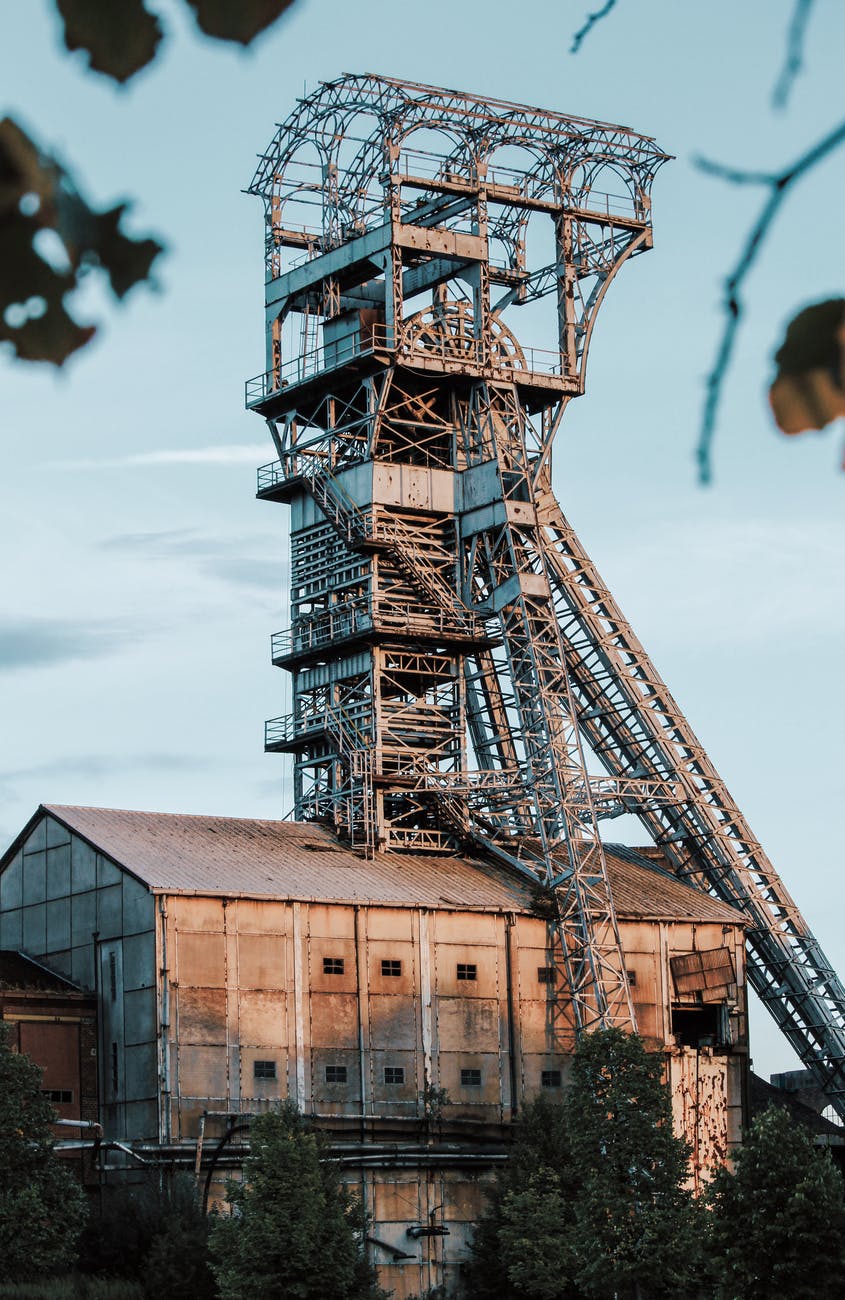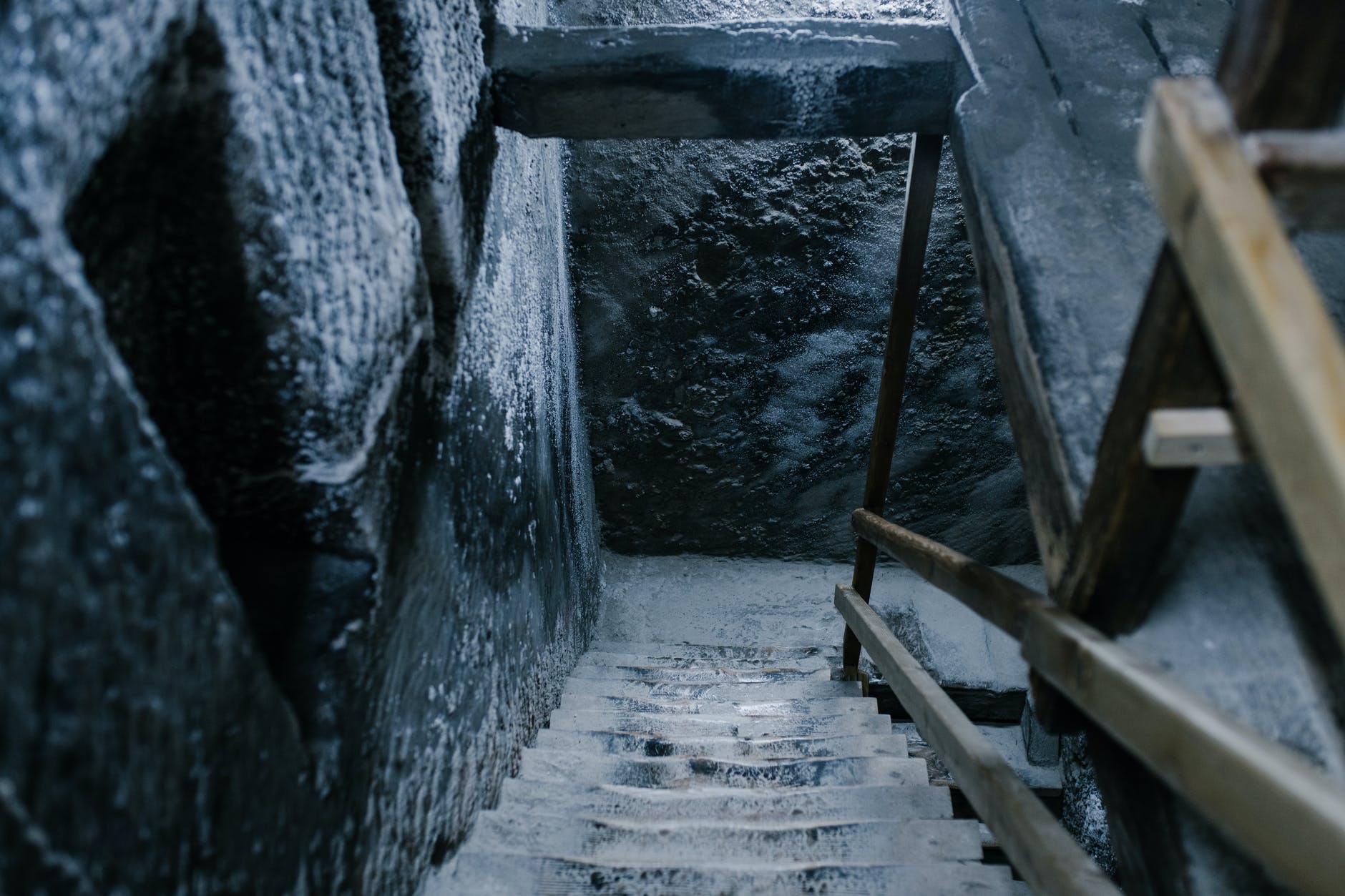The Comprehensive Environmental Response, Compensation, and Liability Act of 1980 (CERCLA) is a program that was established through efforts of the Environmental Protection Agency (EPA) to clean up hazardous sites that contain asbestos.
The common name for the CERCLA program is Superfund, but the terms are used interchangeably.
The EPA is responsible for the clean-up of sites that have received Superfund designation and can mandate that the parties responsible for the site participate in the efforts and/or fund the costs of the clean-up. By the time the EPA steps in, these sites often are very behind in terms of addressing asbestos concerns and handling them safely and appropriately.
Superfunds are limited and reserved for the sites with the highest need. These sites are added to the National Priorities List (NPL). Once a site reaches the NPL list, it is investigated and it is determined what level of risk the site has for asbestos exposure and illnesses stemming from exposure.
The investigative process is long and it can take months or even years before action is taken to clean up a site. During this time, people are still at risk of coming into contact with asbestos. Before removal, the site must be thoroughly inspected and secured to ensure safety during assessment and maintenance.

What Does the Superfund Process Look Like?
The evaluation of a Superfund site follows a series of important steps.
-
First Step
First, there is a review of current and historical data about the site. It is imperative to know what types of materials containing asbestos are present at the site and if there is any naturally occurring asbestos that needs to be addressed.
-
Second Step
Next, the risk of asbestos exposure is assessed. This step requires an inspection from the Environmental Protection Agency to investigate if there are dust and fibers that pose a threat for inhalation during the removal process.
-
Third Step
Then human exposure possibilities must be investigated. This step takes into consideration the amount of human risk associated with the current site and if it is safe to be an operational site of any kind in the future after the asbestos removal.
-
Fourth Step
The fourth step is to do a preliminary screening and sampling of the material at the site. This step looks specifically at the risk of the material itself once it is disturbed during the removal process. It is important to remember that asbestos is most hazardous when it begins to deteriorate and releases fibers and dust.
-
Fifth Step
The next step is to collect and analyze physical samples. Asbestos concentration levels are analyzed from each sample to determine the average threat level. This will be used in planning future decisions and setting a timeline.
Finally, the response action is taken. Once all the data is collected and the inspection is complete, it is time to put this information into action to take care of the problem. Some sites pose a serious threat and require immediate action to be taken to remove the asbestos, while other sites are not an immediate concern and will continue to be monitored closely by the EPA until it is time to clean up the site.
EPA Cleanup Responsibilities
During a clean-up, there are certain responsibilities of the EPA. These duties include removing asbestos quickly where immediate action needs to be taken, notifying any stakeholders of the need to remove, and ensuring community awareness and involvement in the process. It is important that the community is involved and stays educated on the effects of continued contamination of the community and the risks associated with asbestos exposure.

The EPA is also in charge of assuring the site is safely redeveloped once it is safe to do so. The ultimate goal is to ensure the long-term protection and safety of the environment and humans who could potentially be put at risk. Being able to reuse sites that were previously contaminated is the ultimate goal, as it shows the site was properly and fully secured.

Example of a Superfund Site
A commonly used example of a Superfund site in Libby, Montana. There is a vermiculite mine in Libby which was in operation from the 1920s through the 1960s and produced about 80% of the global supply of vermiculite. The mine was unfortunately contaminated with excessive amounts of asbestos and the vermiculite from the mine had been used heavily by the townspeople for decades, resulting in an incredibly high rate of asbestosis, lung cancer, and mesothelioma among its population. The vermiculite was also shipped nationwide.

The EPA sent an Emergency Response Team to the Libby Superfund site to assess the level of exposure and damage throughout the town. Libby has been designated as the deadliest Superfund site in the country.

The Agency for Toxic Substances and Disease Registry (ATSDR) discovered that mortality rates as a result of asbestos exposure were 60 times higher in Libby than the national average and 40 times the state average.
In 2009, the EPA issued a Public Health Emergency for Libby, Montana because of the extreme levels of asbestos hazards throughout the town. There are still thousands of Libby residents being treated to this day.
Other Superfund Sites
While Libby is the most famous example of a Superfund site, there are many others including North Ridge Estates in Oregon, George Airforce Base in California, Pensacola Naval Air Station in Florida, Tacoma Dry Dock Shipyard in Washington State, Curtis Bay Coast Guard Yard, and Fike Chemical, Inc. in West Virginia, to name a few.
All of these sites contain increased and alarming levels of asbestos contamination that is being monitored and/or addressed by the Environmental Protection Agency.
Work at these sites can take months or even years to complete, and there is still not anywhere near the level of funding needed to adequately address all of the contaminated sites throughout the United States. The EPA will continue to address these sites through the Comprehensive Environmental Response, Compensation, and Liability Act as long as funds are available.
 Rae Steinbach
Rae Steinbach